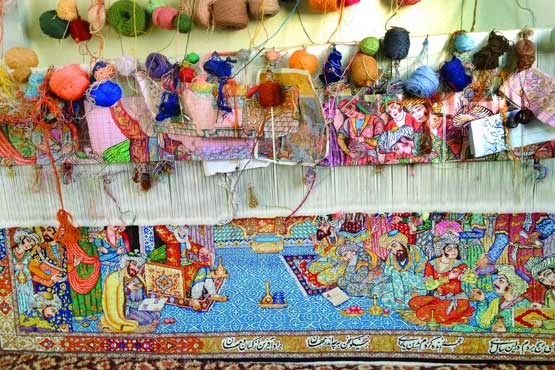Exploring the Rich Heritage of Turkmenistan Carpets
Turkmenistan carpets, renowned for their intricate designs and cultural significance, embody the rich tapestry of Central Asian craftsmanship. These exquisite rugs originate from various regions, including Uzbekistan, Turkmenistan, East Turkistan, Afghanistan, and Baluchistan. The artistry of Turkmenistan carpets encompasses several distinctive styles and weaving techniques, each contributing to the rich legacy of what were once collectively known as Buchara carpets.
Diverse Styles of Turkmenistan Carpets
The traditional styles of Turkmenistan rugs include:
- Basjir
- Salor
- Tekke
- Tjaudor
- Yomut
Each of these styles boasts unique characteristics, yet they share a common heritage rooted in the Turkmen nomadic lifestyle. Historically, these rugs were woven by tribal women, with patterns and motifs passed down through generations, reflecting their cultural identity and way of life.
Prominent Carpet-Weaving Districts
Several regions within Turkmenistan are renowned for their carpet-weaving traditions, including:
- Ashgabat
- Bakharden
- Geok-Tepe
- Kizyl-Arvat
- Merv
These districts have long been celebrated for producing carpets of exceptional quality and beauty. The skills and techniques developed in these areas have been preserved and continue to influence contemporary carpet weaving.
Distinguishing Features of Turkmenistan Rugs
Turkmenistan rugs are easily recognizable by several distinct features:
- Woolen Warp: The foundation of these rugs is typically made of wool, contributing to their durability and softness.
- Göl-Motifs: A hallmark of Turkmen carpets, these repeated patterns often depict stylized flowers or geometric shapes, symbolizing various aspects of nomadic life and the natural world.
- Colour Palette: Dominated by shades of red, ranging from deep purples to rich browns, the colour scheme of Turkmenistan carpets is both striking and symbolic. The use of natural dyes derived from local plants and minerals ensures the vibrancy and longevity of these hues.
- Borders: Unlike many other carpet styles, Turkmenistan rugs often feature wider borders on the shorter sides, adding a unique frame to the intricate central designs.
Notable Turkmenistan Rug Types
Several well-known types of Turkmenistan rugs include:
- Tekke-Bokhara: Known for their fine knotting and elegant designs, these rugs are among the most esteemed in Turkmen craftsmanship.
- Ersari: Characterized by larger, bolder patterns, Ersari rugs are distinguished by their robust and vibrant motifs.
- Tschoval: Typically smaller in size, these rugs are often used as bags or hangings, featuring intricate designs and rich colours.
- Beshir: Recognized for their elaborate patterns and high knot density, Beshir rugs are highly valued by collectors.
- Jolam-Bokhara: These rugs blend traditional Bokhara designs with unique regional variations, making them distinct and sought after.
Turkmenistan carpets represent a unique blend of tradition, artistry, and cultural heritage. From the vibrant Tekke-Bokhara to the intricate Yomut designs, each rug tells a story of the nomadic tribes and their enduring legacy. The craftsmanship of these carpets, characterized by woolen warps, göl-motifs, and a rich red palette, continues to captivate collectors and enthusiasts worldwide.
As you explore the world of Turkmenistan carpets, you’ll discover not just floor coverings but intricate works of art that embody the spirit and history of Central Asia. Whether you’re a seasoned collector or a newcomer to the world of antique rugs, the beauty and craftsmanship of Turkmenistan carpets offer a timeless appeal that transcends generations.

